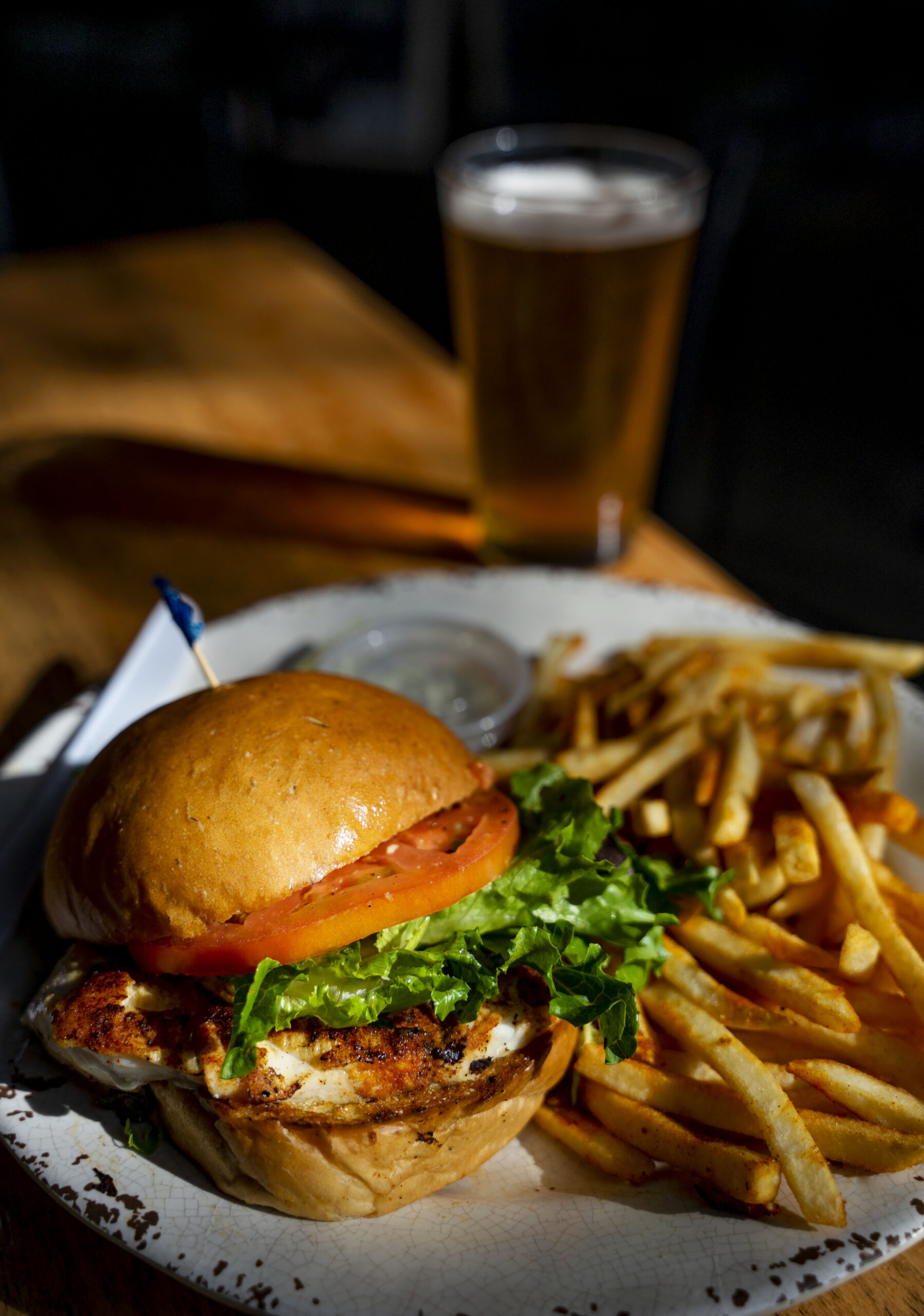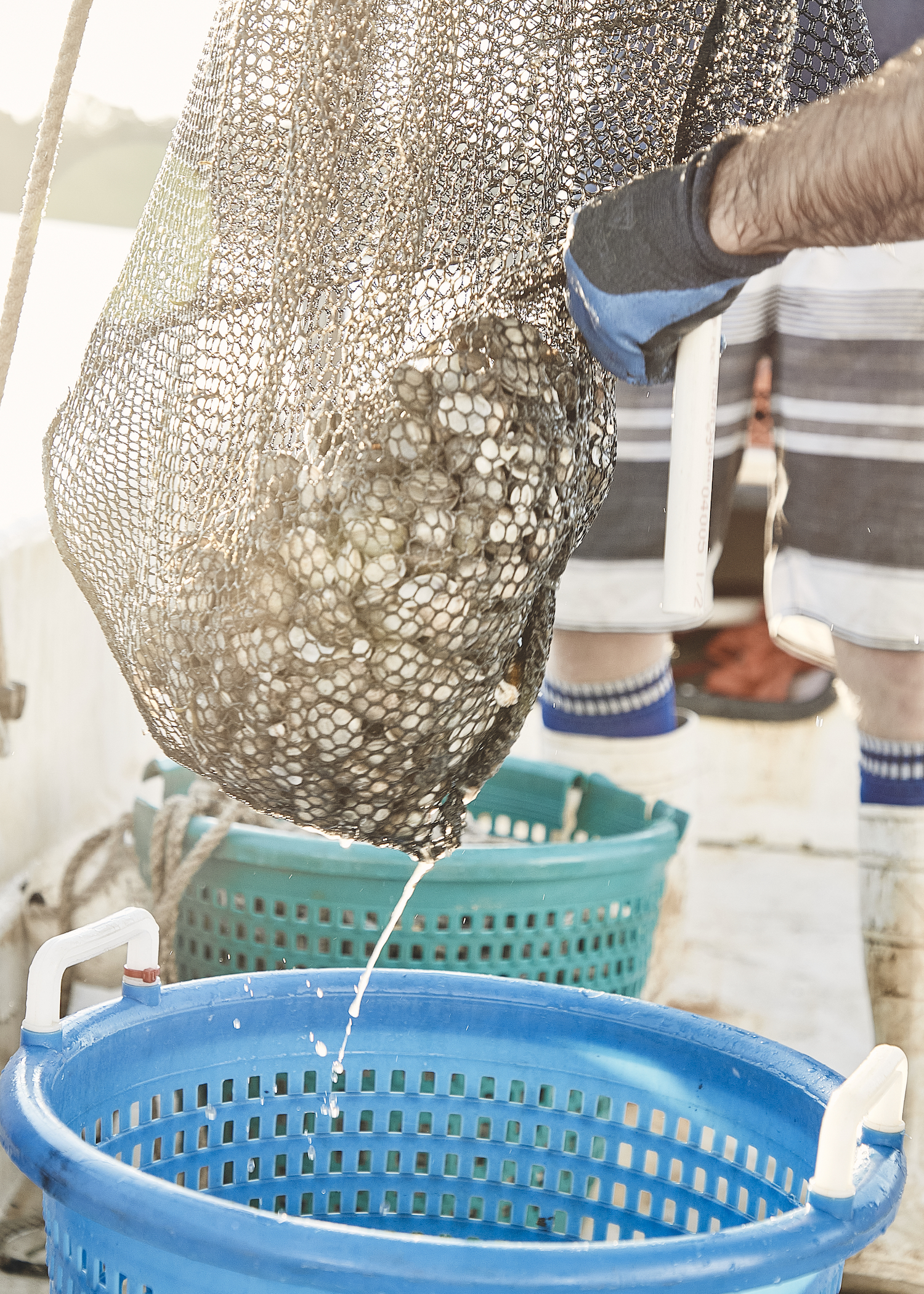
“I’ve always been obsessed with tortillas,” Jesus Bravo tells me.
And I believe him, because even though he works a full-time gig as a sous chef, aiding Chef Jeffrey Jew as he melds Asian and Nordic cuisines at St. Pete’s lauded Lingr, he’s been moonlighting—bringing nixtamalized landrace corn tortillas to the Bay Area via the Te Invito food truck.
“It began as an underground pop-up during the pandemic,” says Bravo, who operates the truck with fiancée, Chef Korie LoVecchio. Bravo was working at Tampa’s Rocca when the COVID shutdown sent him and most of his colleagues packing. As though fated, he had a project waiting in the wings.
You can really taste the terroir of where the corn is grown.
“I had bought a molinito from Masienda so I could start playing with it,” he says. “I got it three days before the quarantine, not knowing that I wasn’t going to have a job.”
A smaller version of the traditional mill used to grind corn into masa, the tabletop molinito is a relatively recent innovation, one that’s been allowing chefs interested in nixtamal to explore the many varieties of corn coming out of Mexico, many of them descendants of those grown in Mesoamerica for thousands of years.
Bravo and LoVecchio are part of the growing masa movement in Florida, joining a handful of other eateries—Hunger Street Tacos in Orlando, Taquiza in South Beach and others—bringing the ancient practice of nixtamalization into modern light.

Nixtamalization is the process by which dried corn is steeped and cooked in an alkaline solution before grinding and cooking—and a primary reason that Mexican civilization was able to thrive. It releases myriad nutrients from the corn, including niacin and calcium, helping to prevent a host of diseases and deficiencies.
We know that corn is naturally high in niacin, but the vitamin is bound to carbohydrates that prevent proper absorption. Nixtamalization makes this absorption possible.
Bonus? The process begets some staggeringly aromatic and flavorful masa.
And once Tampa Bay’s restaurant industry folks starting partaking of the couple’s Mexican pandemic pop-ups, word began to spread of the tortillas made with the gem-like kernels of Bolita Amarillo, Cónico Azul, and more.
Bravo was born in New Jersey and grew up in Tampa in a Mexican household, but it was trips to Mexico that lit a fire under his quest for quality tortillas. When he helped his mother make the move to California a few years back, he stuck around for about a year, marveling at the differences between what the West Coast had available versus Florida.
“That level of quality wasn’t really a thing here, so I did a ton of research between all the books I could find, talking to family members, hunting down everything I could.”
Eventually, he discovered Masienda, the company whose single-origin supply chain supports family farms back in Mexico. He bought the molinito. He began experimenting.
“[These tortillas] are leaps and bounds above anything you can buy here,” says Bravo. “You can really taste the terroir of where the corn is grown—and Masienda uses, like, 60 different corns and proudly supports the farmers there, which is amazing.”
As are the taste notes within the varieties.
“You can taste and smell them,” says Bravo. “The Bolita Amarillo I’ve been using smells creamy when I’m making it.”
Depending on the source, he says, the heirloom corn has many different properties, from shape and color to flavor. It’s a testament, he says, to the power of growing things, of making an effort to do things properly. Much like the nixtamalization that comes later, “it’s a long process, a labor of love.”
You can taste it in Te Invito’s queso birria tacos. Or the jackfruit. Or the chicken, rich with pumpkin seed mole.
“The difference is huge compared to what you’d get with a store-bought tortilla,” he says. Industrialized tortillas are primarily made of corn flour, loaded with preservatives that help with shelf stability—they’re little more than edible napkins. “[With nixtamalized tortillas], you can actually taste the corn. You get grassy notes, earthy notes, nutty notes, even cheesy notes depending on the variety.”
The love-born labor will cost you more, too—a four-taco plate at Te Invito will run you $15–18.
“There’s this stigma with Mexican food that it’s supposed to be super cheap, but the ingredients and effort going into this doesn’t equal $1 tacos.”
Everything on the truck is scratch-made, from the masa to the slow-braised short rib to the tres leches and churros to the aguas frescas.
At press time, the truck was getting painted, ready to roll with a new look and new flavors. The Te Invito team was eager to get back to the business of top-shelf tacos, of spreading the nixtamal gospel with each plate.
“I feel like we’re starting to catch up to other regions,” says Bravo. “It’s few and far between but the heirloom corn has been getting a lot of recognition. People are noticing.”
He’s happy to be at the forefront here in Tampa.
“You can’t say ‘it’s just tortillas,’” he says. “That’s like saying ‘it’s just bread.’ Tortillas are on the same level. They’re that important.”





